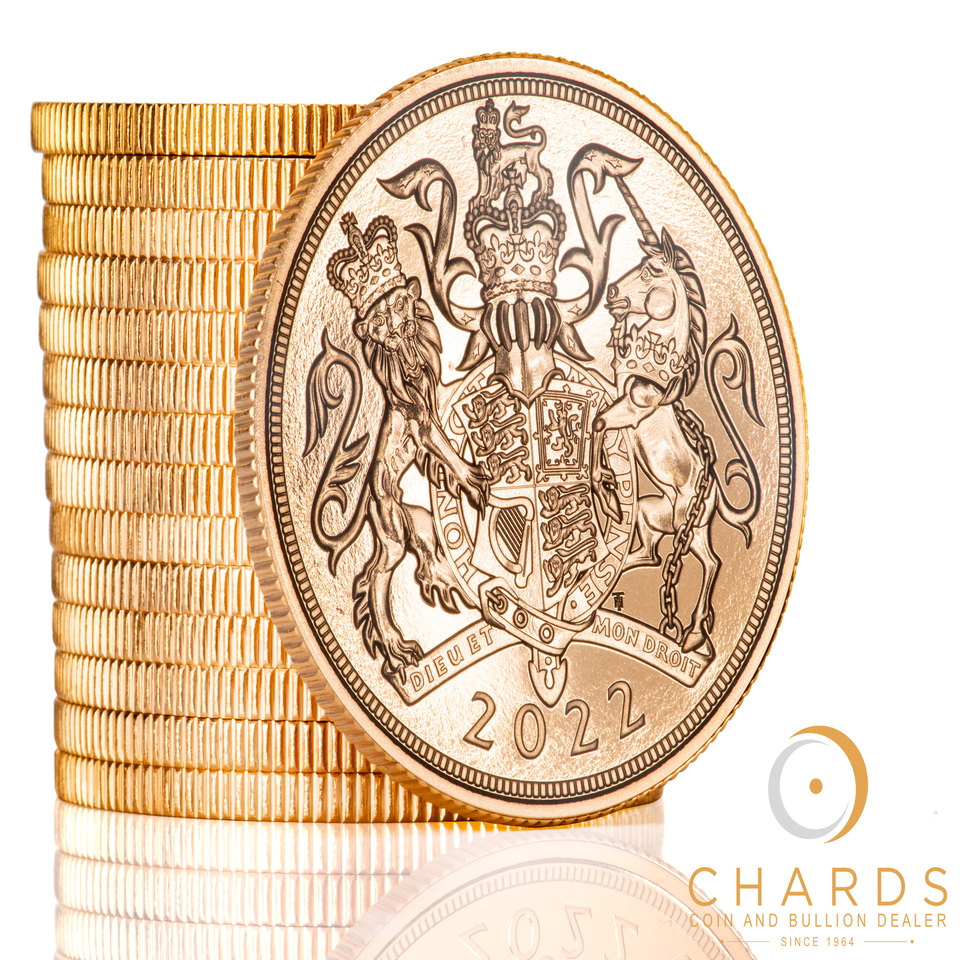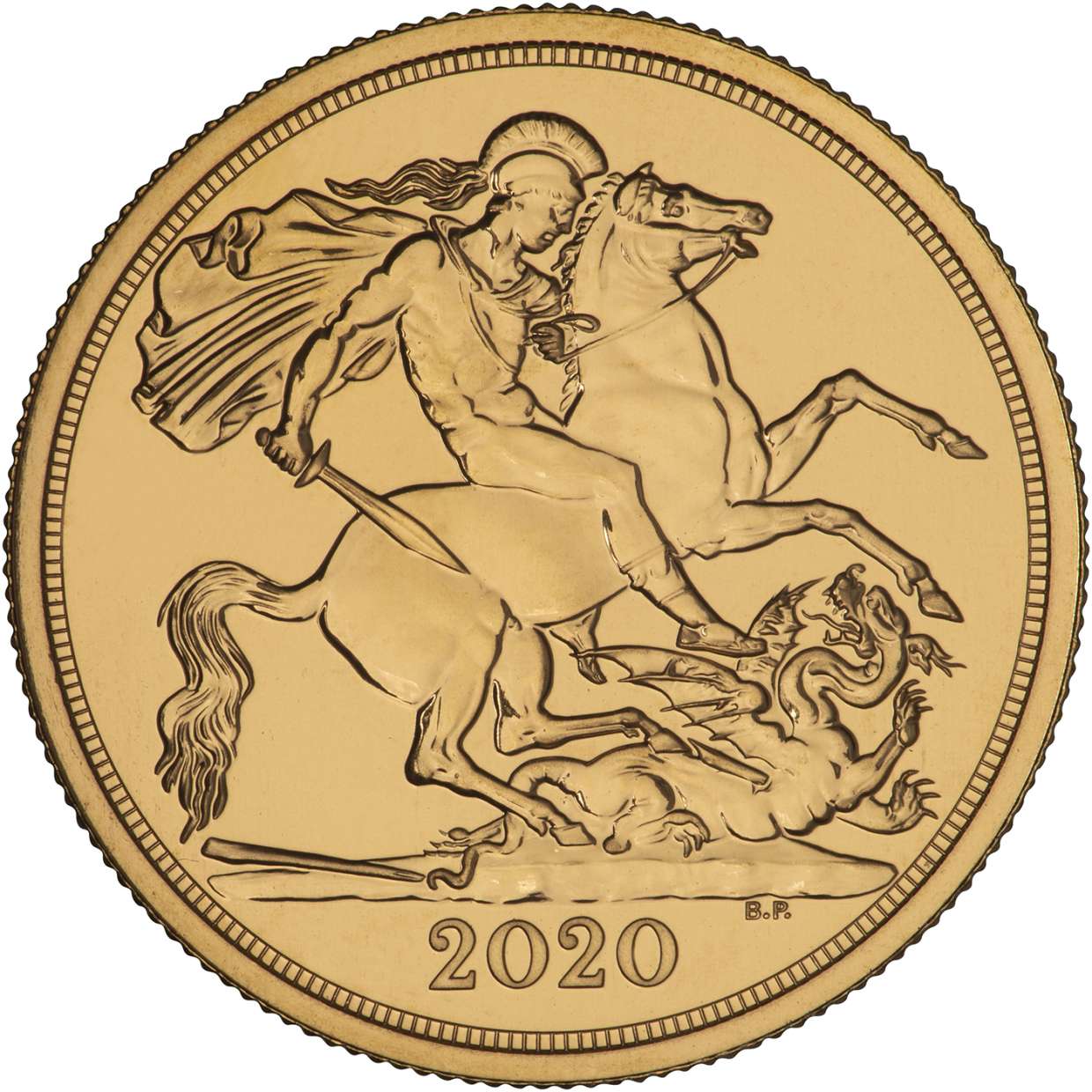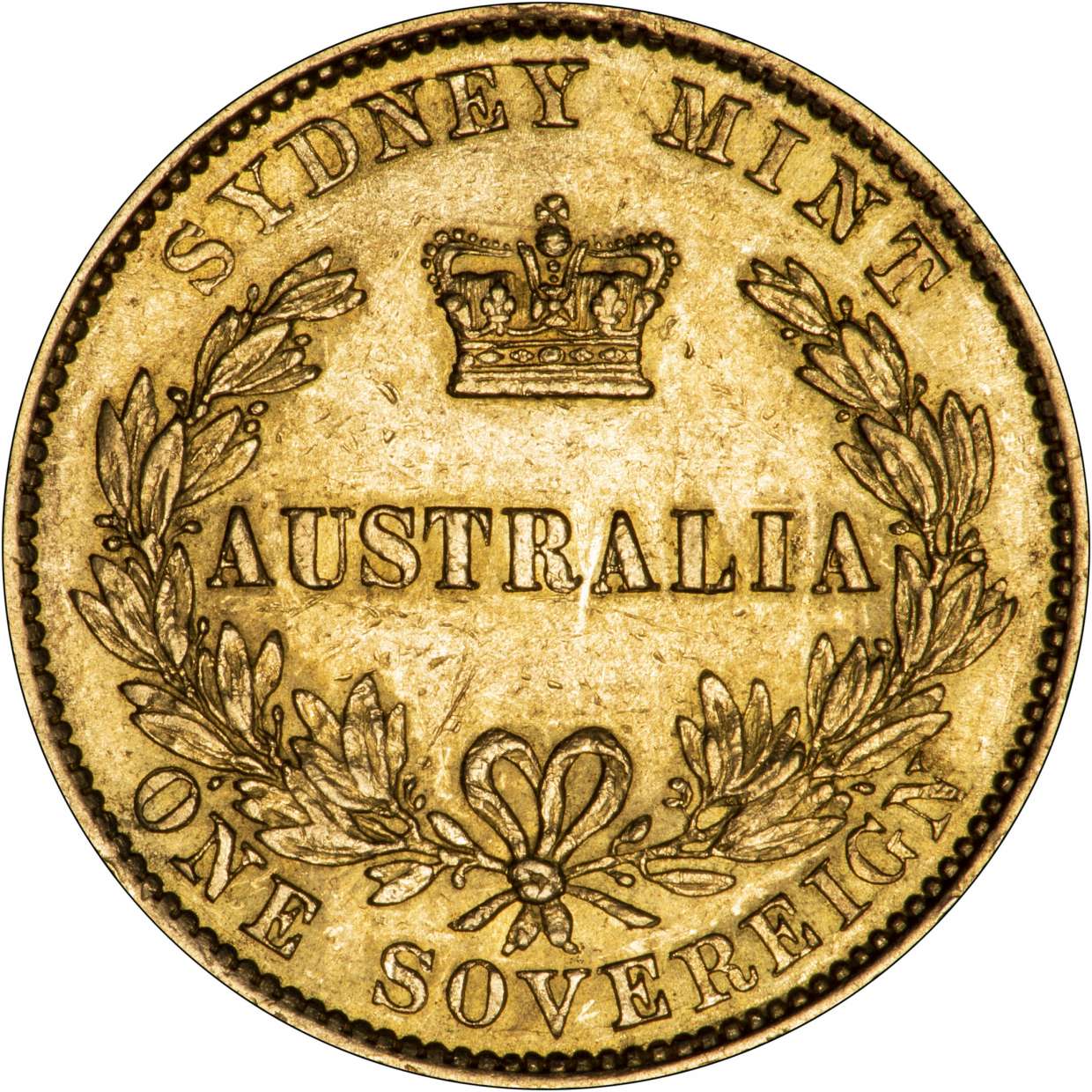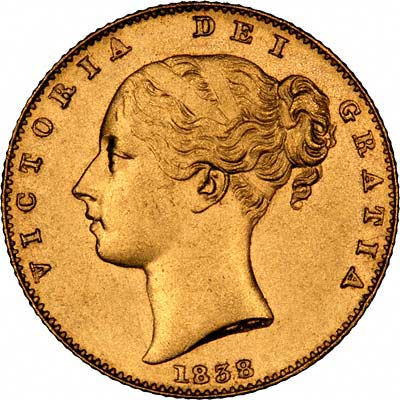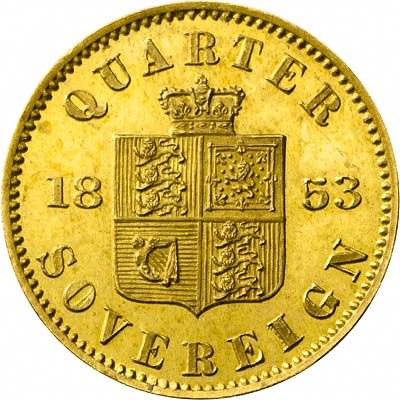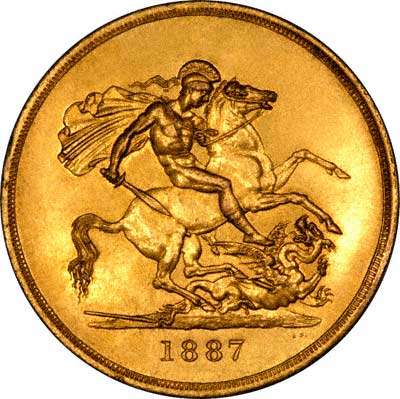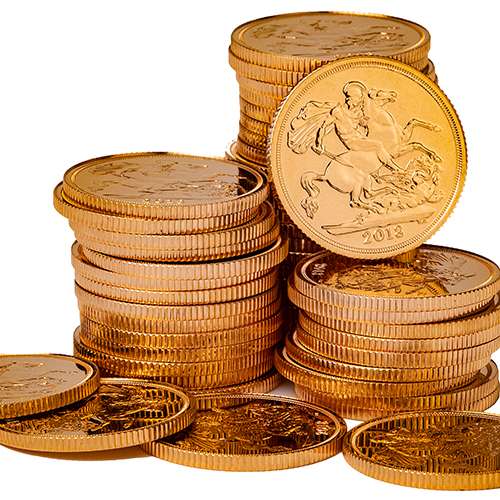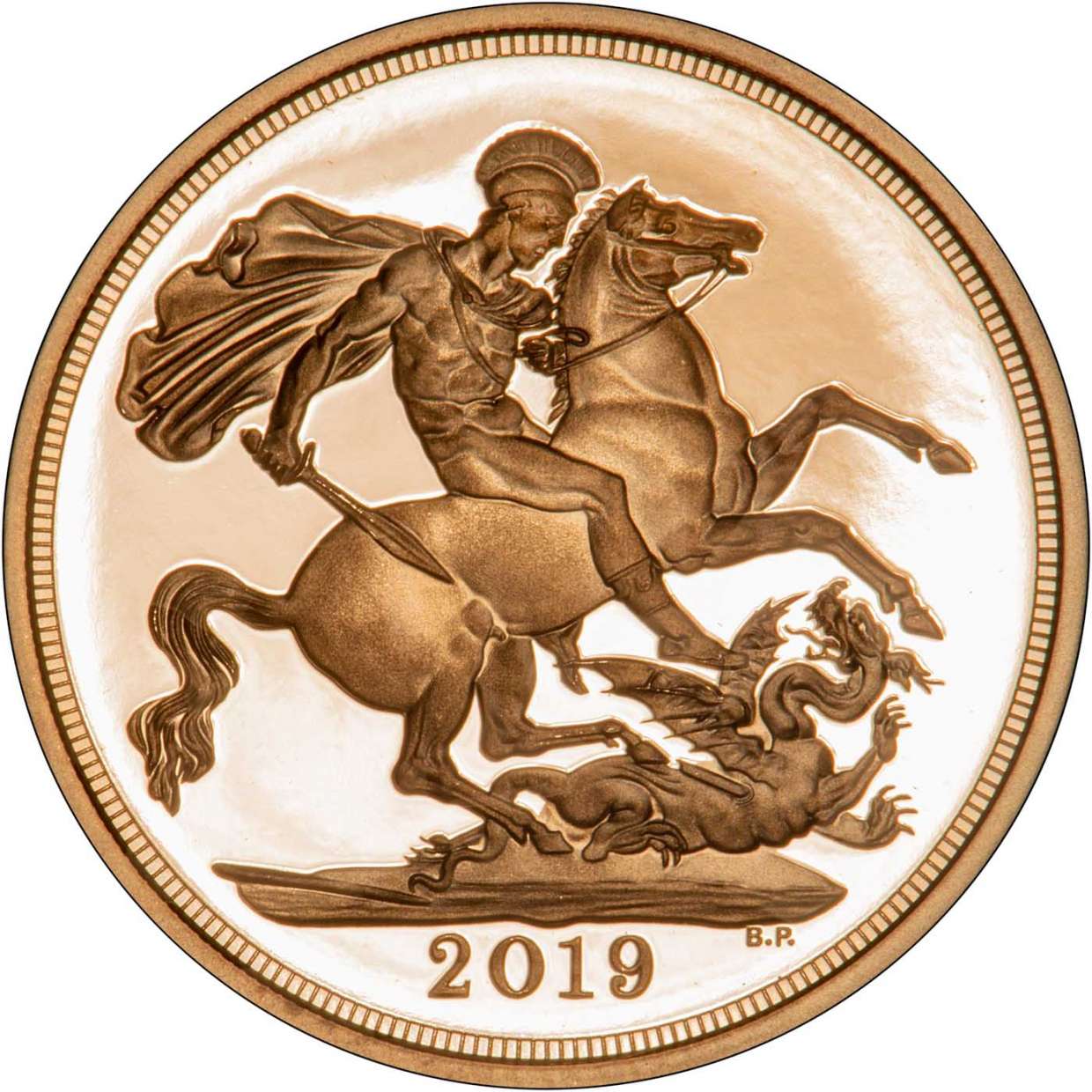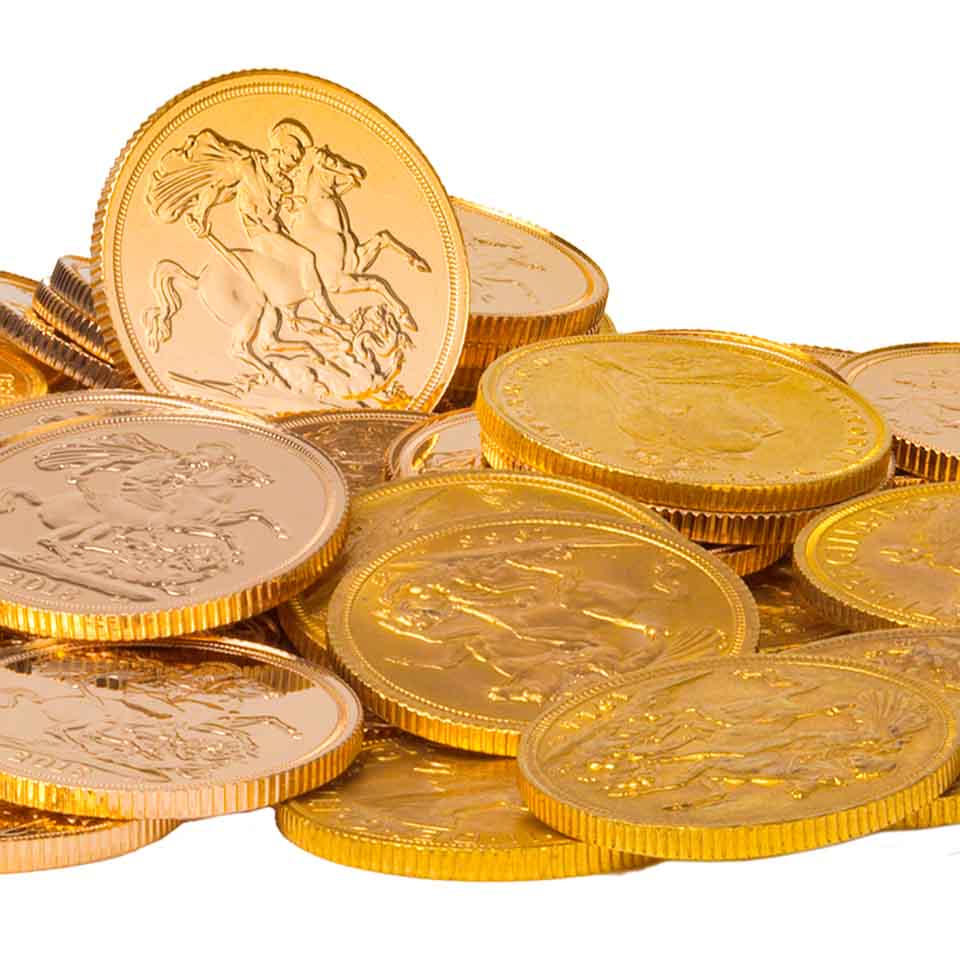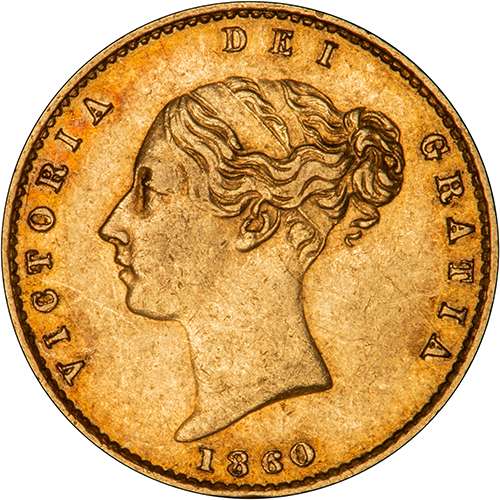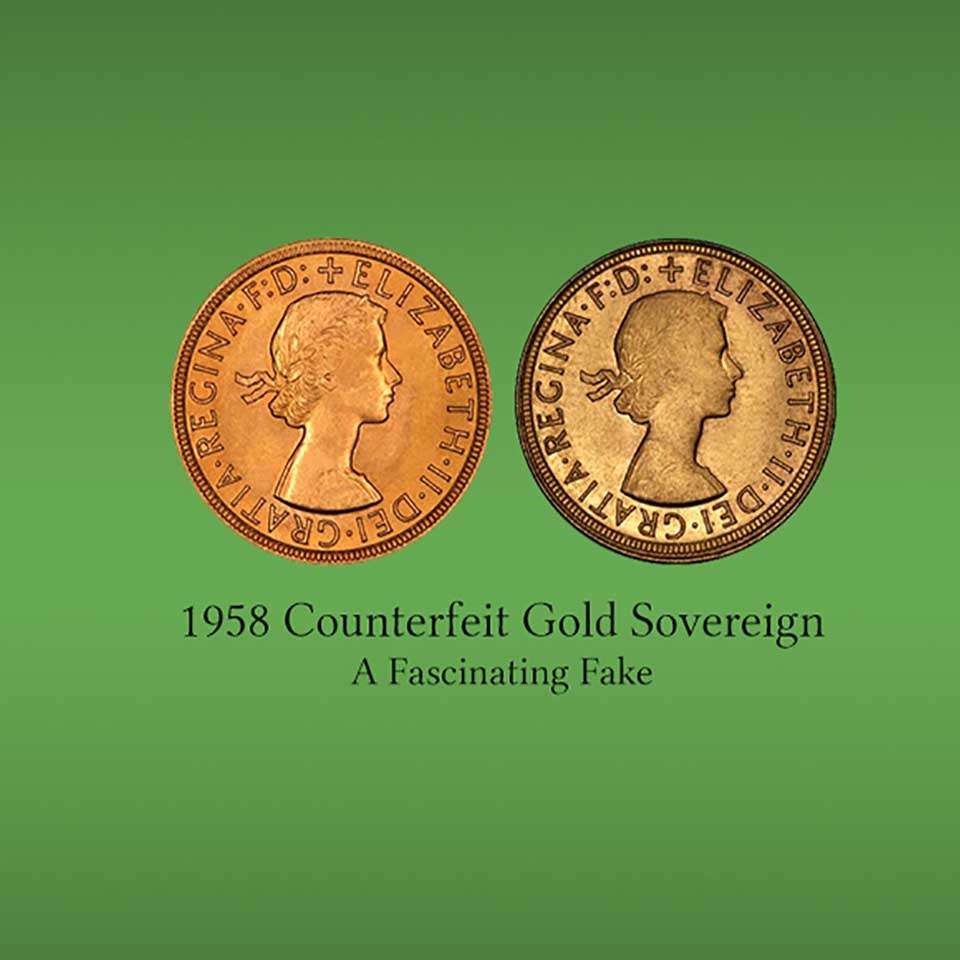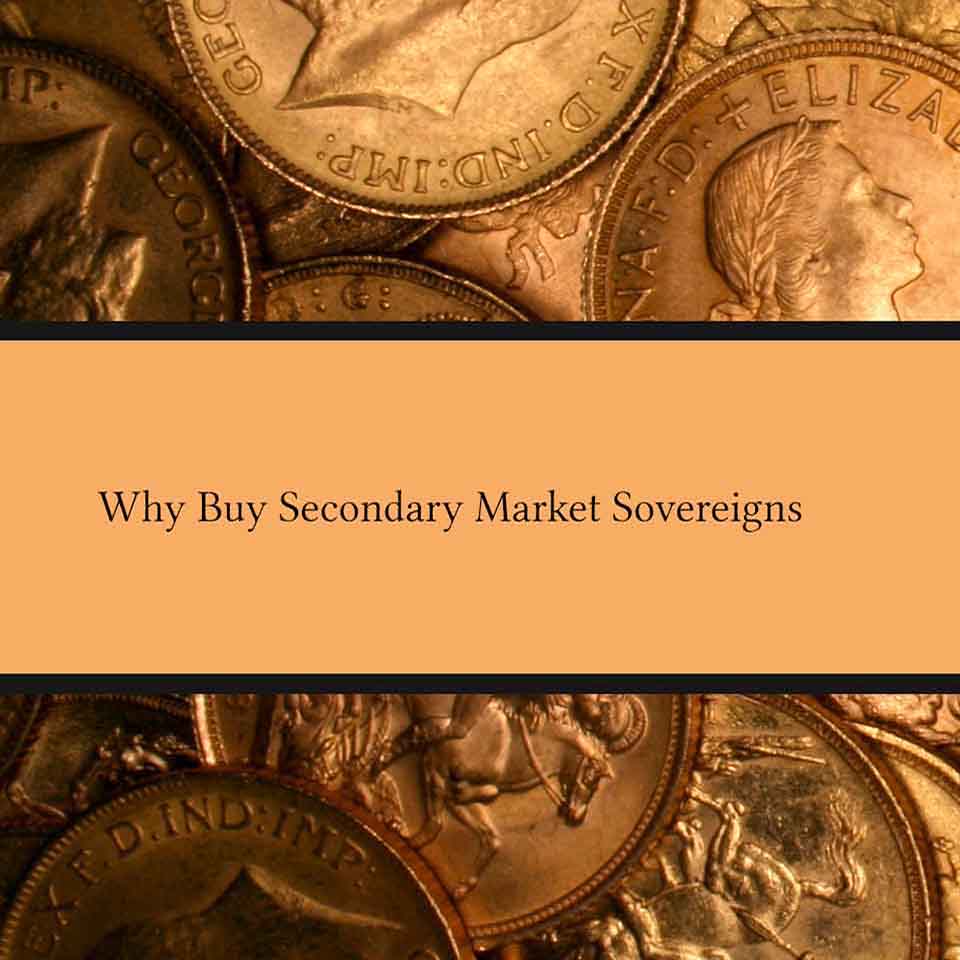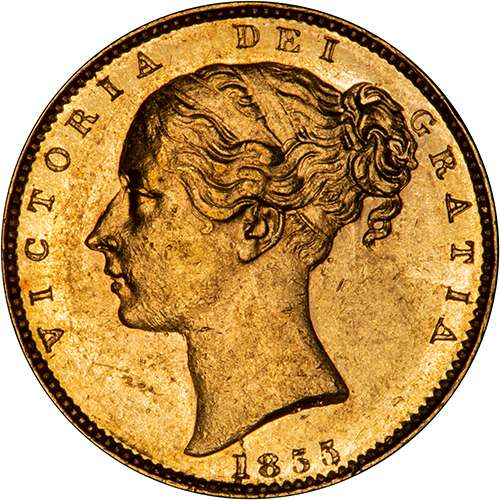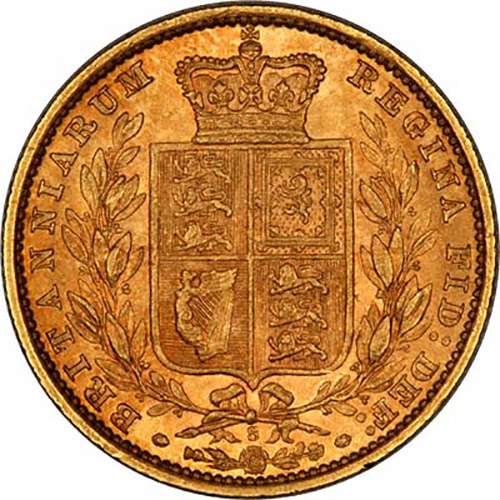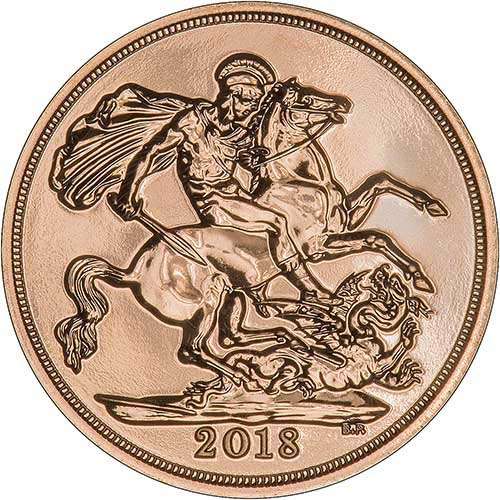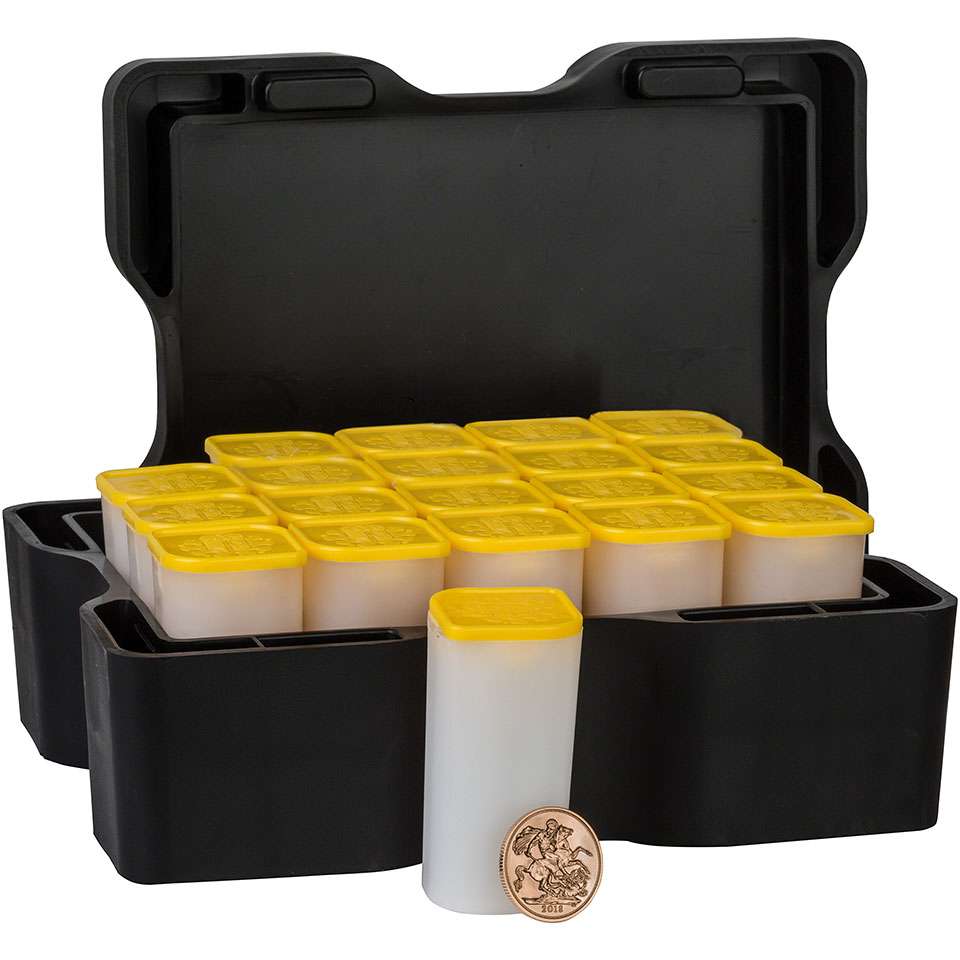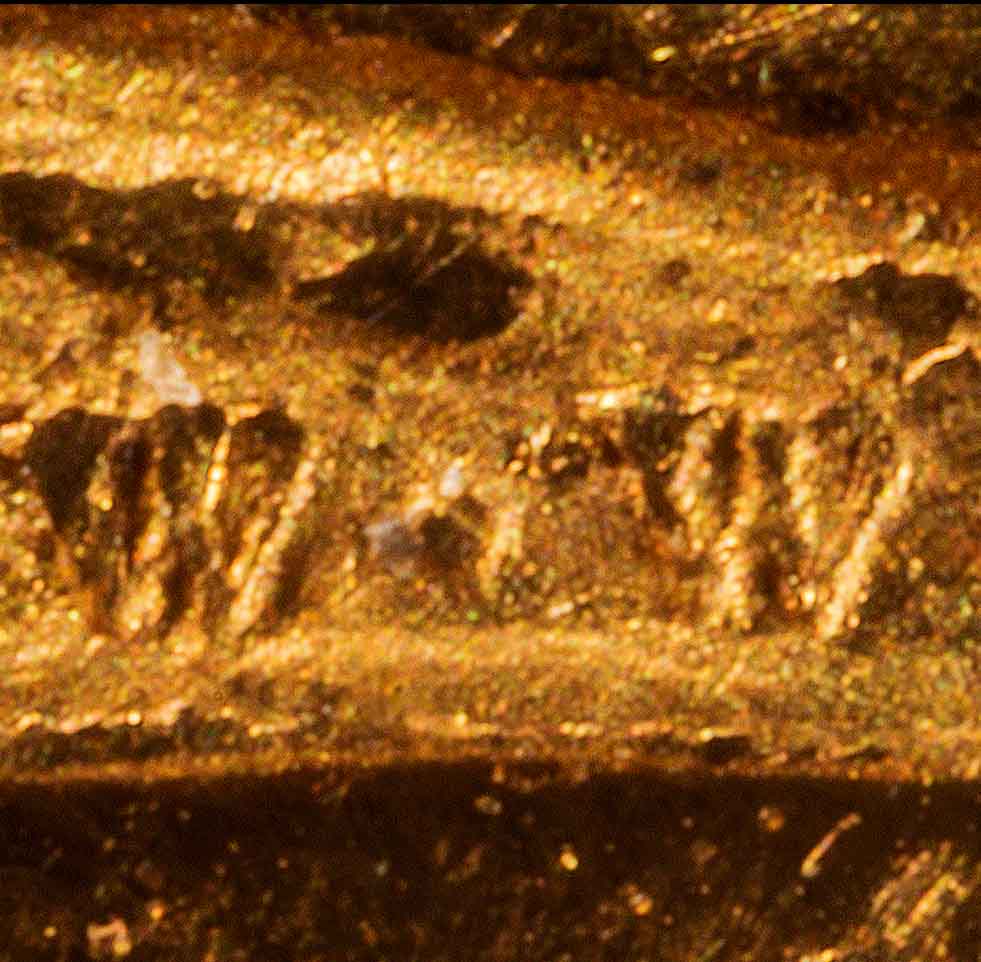2017 200 Anniversary Strike on the Day Sovereign
Synopsis
On the 1 July 2017, a 200th Anniversary of the Sovereign Strike on the Day sovereign was issued to mark the royal proclamation which introduced the modern sovereign in 1817.
You have reached our blog. If you wish to buy a Strike on the Day sovereign click here.
On the 1 July 2017, a 200th Anniversary of the Sovereign Strike on the Day sovereign was issued to mark the royal proclamation which introduced the modern sovereign in 1817.

2017 200 Anniversary Strike on the Day Sovereign - Reverse
The Strike on the Day sovereign is struck in a brilliant uncirculated finish - a 'proof-like' brilliant uncirculated finish.
The coin bears Benedetto Pistrucci's original garter design which first appeared on sovereigns in 1817. The reverse engraving on the 2017 sovereign was achieved using remastered dies of the original dies used for the 1817 George III sovereign. Struck in 22 carat gold, the British sovereign is British legal tender and is exempt from Capital Gains Tax. Unlike the proof and the uncirculated sovereigns issued in 2017, the BU sovereign has been produced with a plain edge. The coin is limited to a mintage of 1,817.
Proof or Brilliant Uncirculated - The Certificate Error
Many sovereigns were issued with a certificate which stated inside that the finish was a proof finish instead of a brilliant uncirculated finish.

Royal Mint Certificate with Proof Error
Letters were sent out to buyers asking for these incorrect certificates to be sent back in return for a correct certificate.

Royal Mint letter requesting return of incorrect certificates
We would suggest that if you have one of the error certificates, it would be better to hold onto it as in time it may be worth more to collectors.
Production Details
According to The Royal Mint, production of these sovereigns commenced at 12 am on the 1 July 2017 to ensure that the limited mintage of 1,817 sovereigns would be complete by 11.59 on the same day. In an email from Royal Mint Customer Services department they wrote (sic):
- The strike on the day sovereign were struck straight out of packet which meant they did not go through a burnish process
- The operators wore face mask, gloves and finger cots
- They were given out to the press in batches of 100
- Three operators used three S&K presses
- Tonnage, One strike at 750 and two strikes at 800 - Amount of strikes - Three in total
- Inspection by operator at the press
- They were then put on to trays and given to another operator who encapsulated them,
- They were then given to two operators to pack in to presentation boxes,
- All operators started work at 12am on the 1st July to ensure that the job would be complete and all 1817 coin were complete by 11.59pm on the 1st July
- 13 pairs of dies were prepared in readiness for this job so no cleaning was required.
When we compared the two coins side by side it was clear to see the difference between the finish of the Proof sovereign and the Brilliant Uncirculated sovereign, even without a loupe or a magnifying glass. The field* in the proof sovereign is a highly polished mirror finish, whilst the field of the brilliant uncirculated sovereign is a polished 'proof-like' surface but is not as smooth as it is on the proof coin. The definition in the actual design is very similar although there is fractionally a deeper relief in the engraving on the proof sovereign. The proof-like finish has caused some confusion as expectations have been raised but the quality is simply not to the same standard of a proof coin.
We have seen a number of small production marks, some not visible to the naked eye, but noticeable under a magnifying glass or loupe. We have also seen, disappointingly, a fairly large proportion of coins where there are more definite marks (hairline scratches, dents and spots where the frosted finish is damaged).
We asked if would be able to get replacement coins, unfortunately this is not possible.
Here are some examples of the production marks:
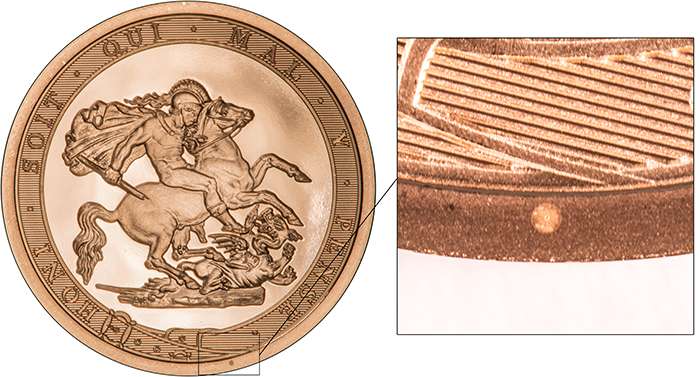
'Polished' mark on frosted band
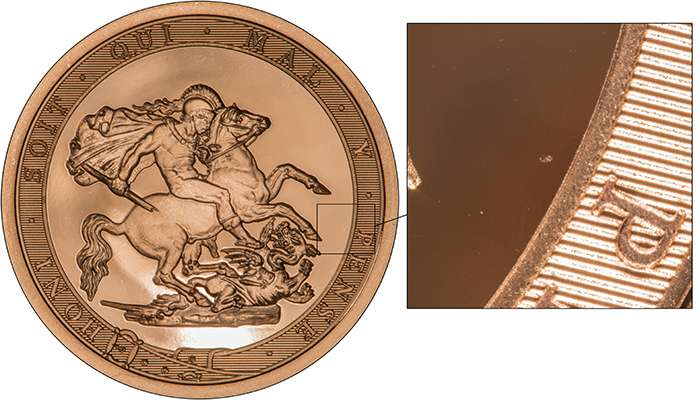
Dent near PENSE
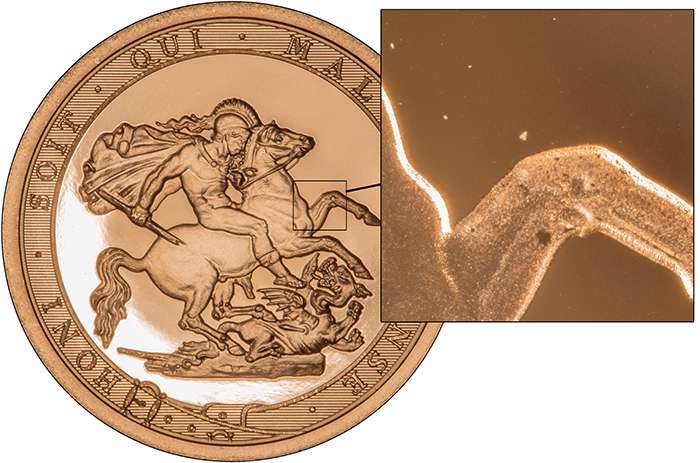
Dents in field
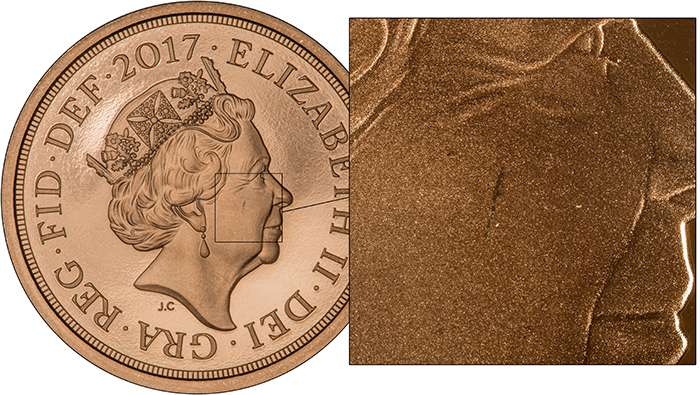
Marks on face
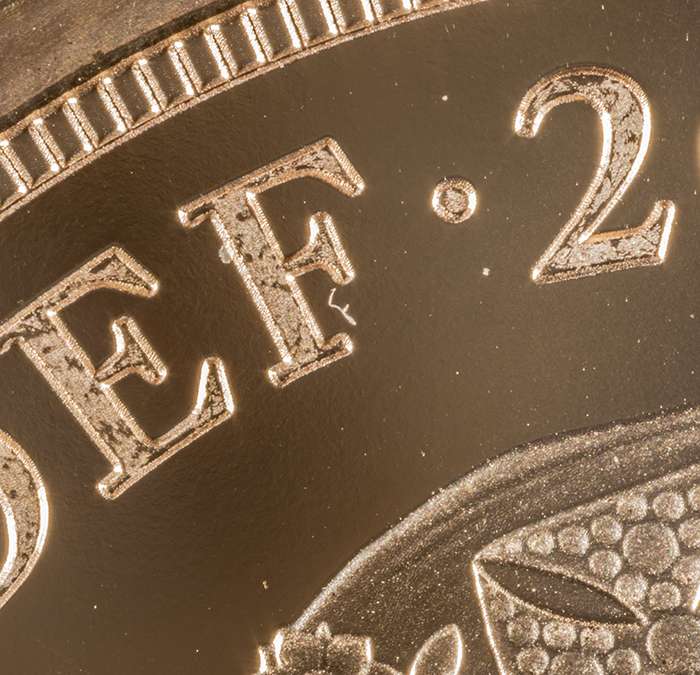
Marks around lettering
What is the Difference Between a Proof and a Brilliant Uncirculated Finish?
Commemorative coins are usually issued to three different finishes; Proof, Brilliant Uncirculated and Uncirculated.
- Proof coins are struck to the finest quality finish. The whole process is closely monitored throughout production by skilled craftsmen. Blanks are fed by hand into the press and the coins are struck up to six times using highly polished dies. During minting, the dies are checked and polished. This ensures that the design is sharp and the details are highly defined. Proof coins take a great deal of time to produce and typically in one hour only 40-50 coins are minted. They are generally issued to a low mintage and are sold at a higher premium. They are often highly sought after by collectors looking to own a superlative example of the coin.
- Brilliant Uncirculated coins are usually struck twice to give more definition and relief to the design. Blanks are machine fed into the press but the dies are finished and polished by hand. This finish lies in-between proof and uncirculated and is a good choice for collectors looking to own good examples of the coin design.
- Proof-like Brilliant Uncirculated coins are struck with polished dies. Although they may look like proof coins, they are not struck to the same finish. The 2017 200 Anniversary Strike on the Day BU sovereign is struck to a proof-like finish which was achieved by the coin being struck three times. Once at 750 tonnes and two further strikes at 800 tonnes.
- Uncirculated coins use dies which have been machine polished. These coins are struck once and are produced in large quantities. Precious metal uncirculated coins are often referred to as bullion**. They are an excellent choice for investors who are looking to buy coins at a low premium above the intrinsic metal value.
Finally...
Different mints have different production standards, it would appear that The Royal Mint may need to re-evaluate their quality control.
A number of coins have been issued to commemorate the 200th Anniversary of the Modern Sovereign including proof coins in five sizes, a brilliant uncirculated £5, a piedfort proof sovereign and an uncirculated bullion coin.
If you are interested in the British sovereign. Read our blog The Sovereign –Britain's Favourite Gold Coin.
* The background or surface of the coin is sometimes referred to as the field or the table by numismatists.
** Bullion is not a grade, it is a term used to describe precious metals that are bought and sold at or close to the intrinsic metal value.
Related Blog Articles
This guide and its content is copyright of Chard (1964) Ltd - © Chard (1964) Ltd 2024. All rights reserved. Any redistribution or reproduction of part or all of the contents in any form is prohibited.
We are not financial advisers and we would always recommend that you consult with one prior to making any investment decision.
You can read more about copyright or our advice disclaimer on these links.



